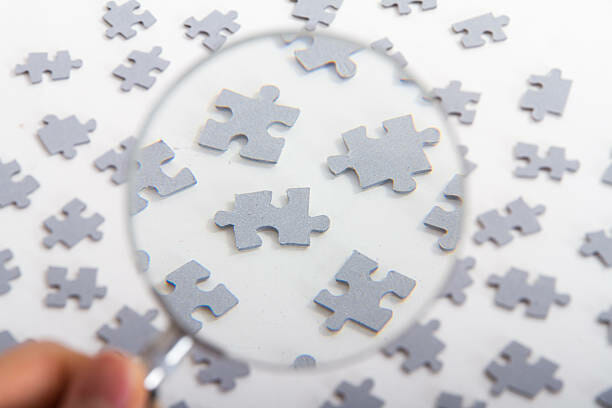Internal Problem Solving
Internal problem solving is a crucial skill for kids and young adults to learn as it can help them overcome common internal struggles and avoid potentially dangerous situations. People of all ages are likely to face common obstacles that require self-reflection to resolve, so it’s important to practice the necessary skills. Internal problem solving involves identifying the source of the problem, practicing self-awareness, and considering the consequences of their actions in order to make decisions that align with goals and values. Here are three insightful steps to follow to develop this essential set of skills:
Identify the source of the problem
The first step in using internal problem-solving is to identify the source of the problem. Kids and young adults may experience internal struggles such as peer pressure, anxiety, or fear of failure. Take a moment to use the critical thinking skills we went over a few weeks ago, and find the root of your internal problem. Once the source of the problem is identified, you can reflect on your own values and needs, and think about how the issue you are facing can affect them. Then, you will be able to clearly see the choices in front of you, and pick the right one. For instance, children and adolescents may often feel pressured to fit in with a particular group of friends, but may also feel forced to sacrifice important beliefs in order to do so. In these situations, always contemplate your values, and make decisions that align with your personal goals.
By aligning your decisions with your personal values, you can develop a sense of purpose and fulfillment in life. Making good decisions will ensure that you stay on track to achieving your goals, whereas bad decisions can “derail” you from your course, so to speak. Therefore, it is essential to use internal problem-solving to make the right choices.

Practice Self-Awareness
The second step in internal problem-solving is practicing self-awareness. Self-awareness is the ability to understand one’s own emotions, thoughts, and behaviors. It helps in identifying situations that may potentially lead to internal struggles, and enables one to manage their emotions and reactions effectively. For instance, anxiety in social situations can be a common problem across young adults that can lead to negative self-image and low self-esteem. To overcome these feelings of anxiety, practice self-awareness by recognizing the physical sensations and thoughts associated with anxiety. Once you become aware of the things that cause anxiety, you can clear your mind by employing relaxation techniques or positive self-talk, which will enable you to focus more on taking the right actions to reach your desired outcome.
This same process can work for any other internal issue as well! Learning to recognize personal, social, and environmental factors that can contribute to the problem will help you learn when and how to combat those forces. From there, the only thing left to do is to weigh the consequences.

Consider the Consequences
The last step in this process is to carefully consider the consequences of each potential choice. Be sure to give thought to both the short-term and long-term effects, because the decisions we make do not only affect solely us in the moment we make them. By considering the consequences of our actions, we can avoid making impulsive decisions that may lead to regret. For instance, kids may feel inclined to ignore their homework to hang out with friends instead. Remember to consider the short-term consequences of this decision, such as receiving a bad score on the assignment or getting in trouble with their parents or teachers. Next, consider the long-term consequences, such as lower term grades that could affect future opportunities. It’s also important to consider the effects of good choices, which in this case would be completing the homework before hanging out with friends. The outcome here would be a better homework score in the short-term, and improved overall term grade in the long run. Sure, your friends may have to wait an extra hour or so, but it’s worth it to make sure you align your actions with your desired goals!

In Our Classes…
In our classes this week, we will be going over these 3 tips with our students, and teaching them how to apply them to their personal lives. We aim to help them develop these essential skills by giving them a safe space to practice them through helpful drills and lessons. Our goal is for our kids to be able to use these three steps to resolve internal struggles, and help them make decisions that favor their own personal beliefs and values. Keep an ear out for our character talks in classes this week, in which we will be teaching our kids all about the importance of internal problem solving!
In Conclusion
In conclusion, developing internal problem-solving skills is essential for kids and young adults to navigate the challenges they will face in life. By following these three steps– identifying the source of the problem, practicing self-awareness, and considering the consequences of their actions– individuals can make informed decisions that align with their values, and work to bring them closer to their personal goals. These skills will not only help people of all ages avoid dangerous situations, but will also empower them to take control of their lives, develop a sense of purpose and fulfillment, and build strong personal and professional relationships. With practice and patience, anyone can develop the necessary internal problem-solving skills to lead a fulfilling and successful life.